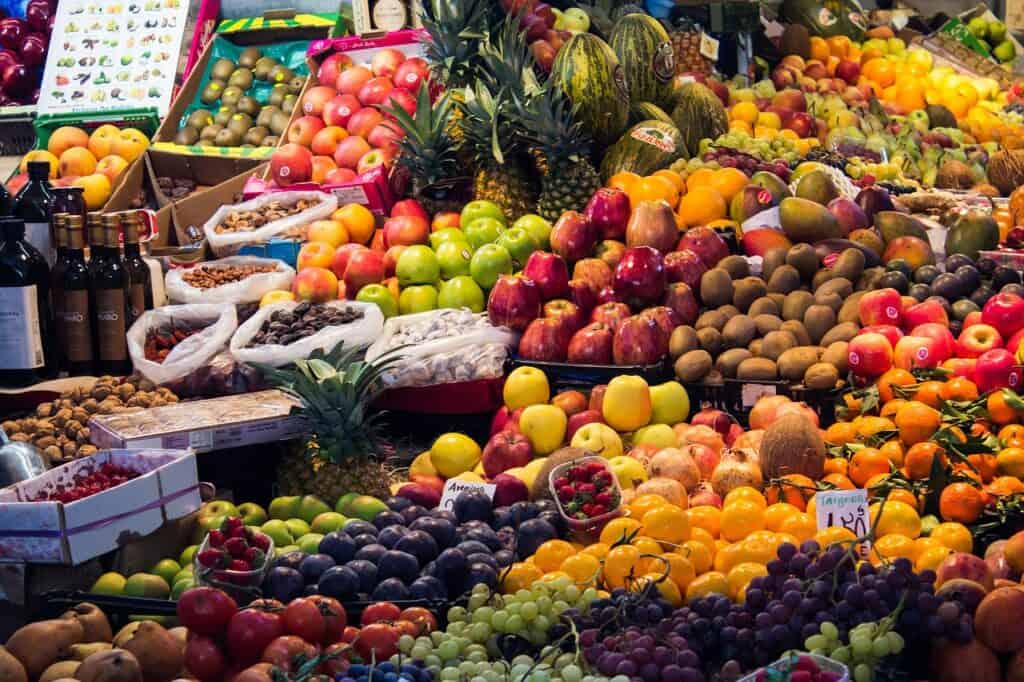“Savoring Morocco’s Melting Pot”
Morocco’s culinary scene is a feast that celebrates its diverse heritage. A stroll through any Moroccan market is a sensory journey. Piles of fresh olives, preserved lemons, and the omnipresent spices like saffron and cumin suggest a history told in flavors.
The cornerstone of Moroccan dining is the tagine, a slow-cooked stew that simmers patiently, blending spices, meat, and vegetables into a harmonious whole. Couscous, the national dish, often accompanies Fridays with family, a symbol of togetherness, topped generously with stewed vegetables and sometimes lamb or chicken.
But to only speak of tagines and couscous is to ignore the vast tapestry that is Moroccan cuisine. In coastal cities like Essaouira, the day’s catch dictates the menu, with grilled sardines and seafood tagines taking center stage. Meanwhile, in the Atlas Mountains, a Berber omelet with locally harvested herbs provides sustenance for the day’s endeavors.
The country’s sweet tooth is catered to with pastries such as baklava and the honey-drenched chebakia. Mint tea, poured from a height to aerate and cool it, is the quintessential Moroccan drink, a gesture of hospitality and a punctuation to every meal.
Moroccan cuisine is a dialogue between the land and its people, a cuisine that respects the past while continually evolving. To dine in Morocco is to partake in a tradition that is both ancient and endlessly new.

